On June 5, Brazilian scientists announced that they had successfully developed a biodegradable biofilm made from shrimp and crab shells for use in electrolysis equipment to produce green hydrogen - a clean energy source that plays an important role in efforts to reduce greenhouse gas emissions.
According to a VNA correspondent in South America, the project, led by Professor Enio Pontes of the Federal University of Ceará (UFC), is considered a strategic step to help Brazil gradually become technologically self-sufficient in the field of clean hydrogen.
The idea for the invention originated from a doctoral thesis, using chitosan – a substance extracted from chitin found in crustacean shells, which is an abundant source of waste in coastal areas of Brazil.
A group of Brazilian scientists used chitosan to create a proton exchange membrane - the core part of an electrolyzer, which separates hydrogen and oxygen atoms in water molecules.
This new membrane has been patented and is expected to replace synthetic membranes such as Nafion – an expensive, environmentally polluting material that is currently mainly imported from Germany.
Unlike synthetic membranes, chitosan biofilms are biodegradable and utilize domestic raw materials, contributing to reducing production costs and dependence on foreign markets.
The project is currently funded by the Research and Project Support Agency (Finep) of the Brazilian Ministry of Science, Technology and Innovation, with the aim of scaling up commercial production.
According to the research team, each electrolyzer requires dozens of proton exchange membranes and must be replaced periodically, so proactive domestic supply brings significant economic advantages.
In addition to the positive environmental impact, the initiative also opens up economic development opportunities for coastal communities, where seafood waste can become a valuable source of raw materials for clean technology.
Professor Enio Pontes affirmed: “The whole world is looking for new energy solutions, and this is an opportunity for Brazil to assert its position with its own creativity and available resources”./.
Source: https://www.vietnamplus.vn/brazil-phat-trien-mang-biological-phan-huy-tu-vo-hai-san-de-san-xuat-hydro-xanh-post1042800.vnp










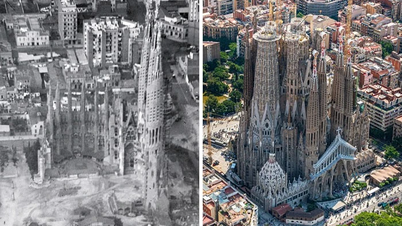


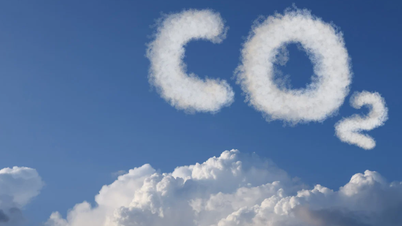

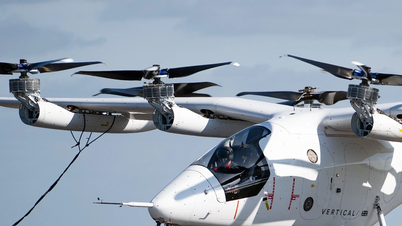





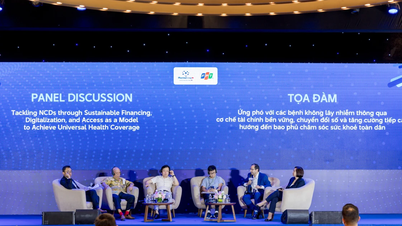
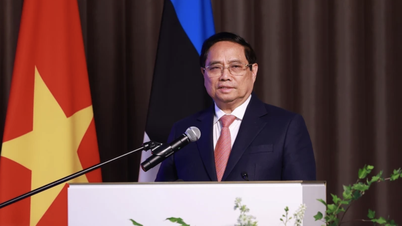




![[Photo] Nearly 104,000 candidates in Hanoi complete procedures to take the 10th grade entrance exam](https://vphoto.vietnam.vn/thumb/1200x675/vietnam/resource/IMAGE/2025/6/7/7dbf58fd77224eb583ea5c819ebf5a4e)









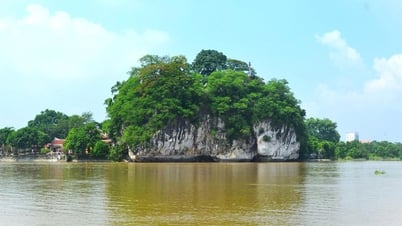




















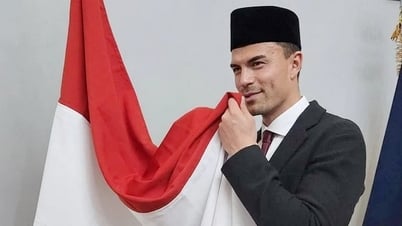



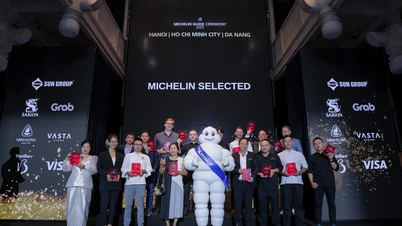


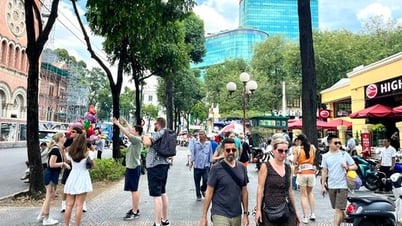


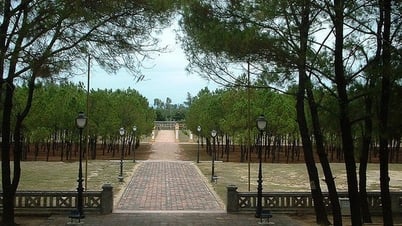
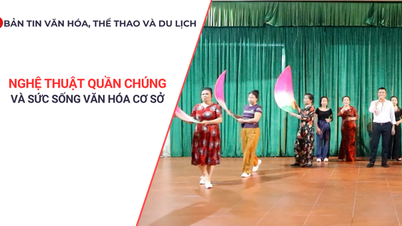
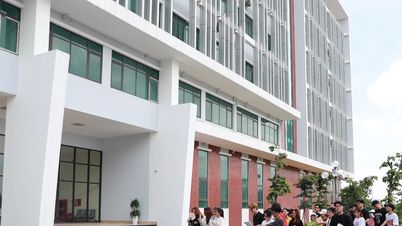

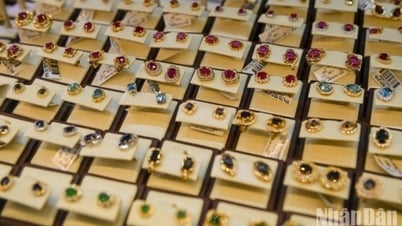

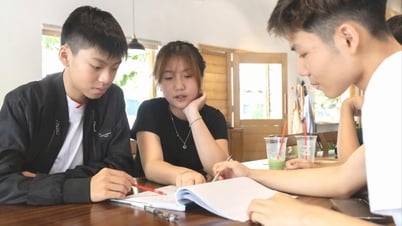

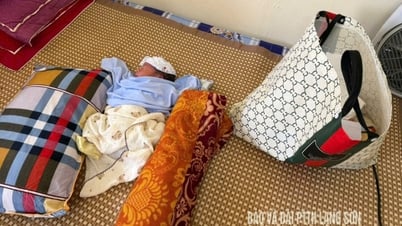

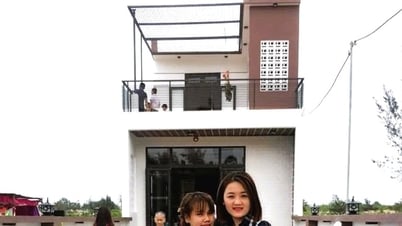

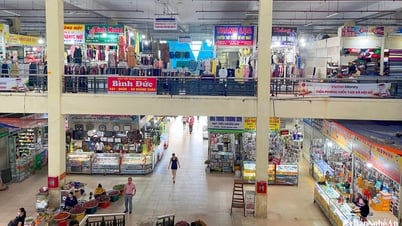








![[OCOP REVIEW] Tu Duyen Syrup - The essence of herbs from the mountains and forests of Nhu Thanh](https://vphoto.vietnam.vn/thumb/402x226/vietnam/resource/IMAGE/2025/6/5/58ca32fce4ec44039e444fbfae7e75ec)



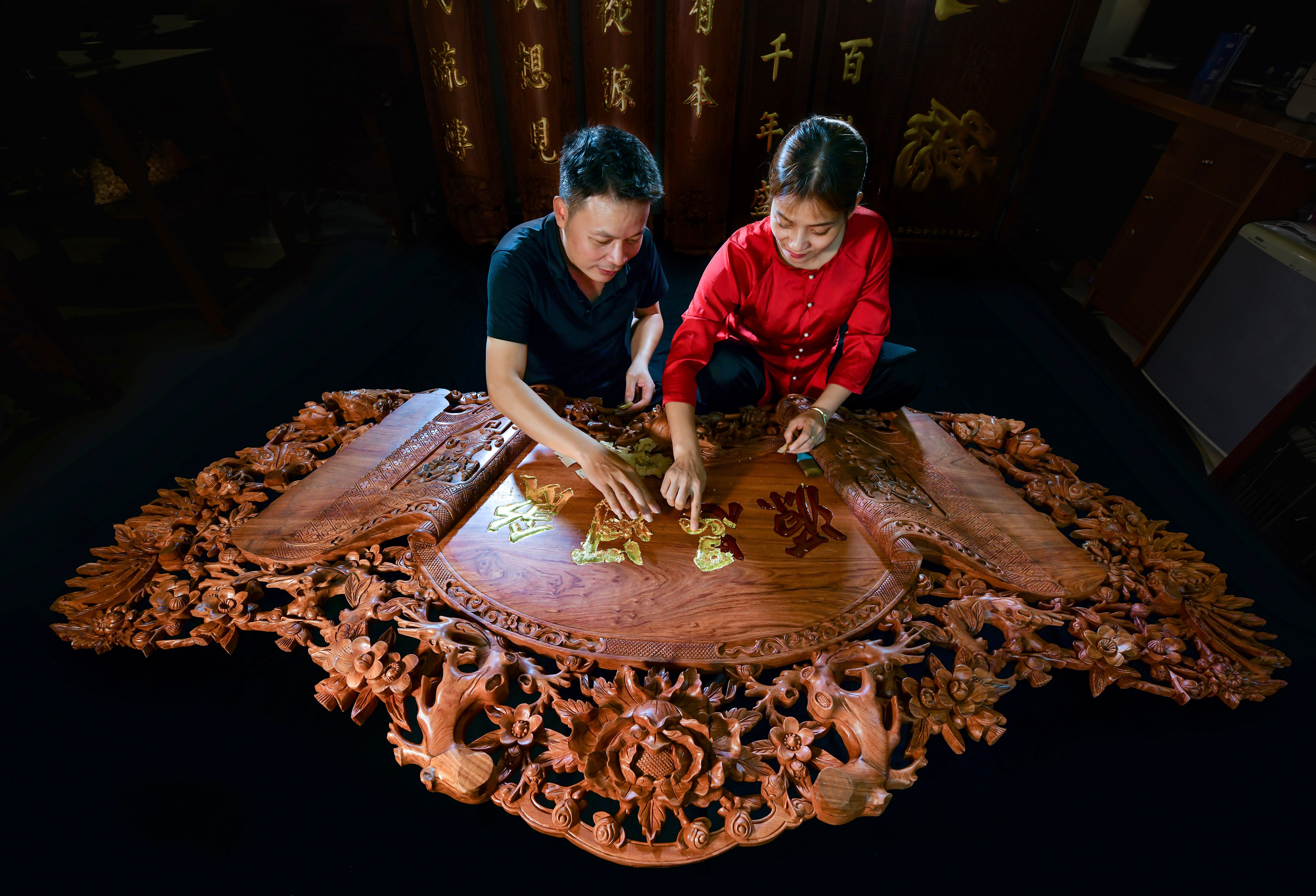



Comment (0)